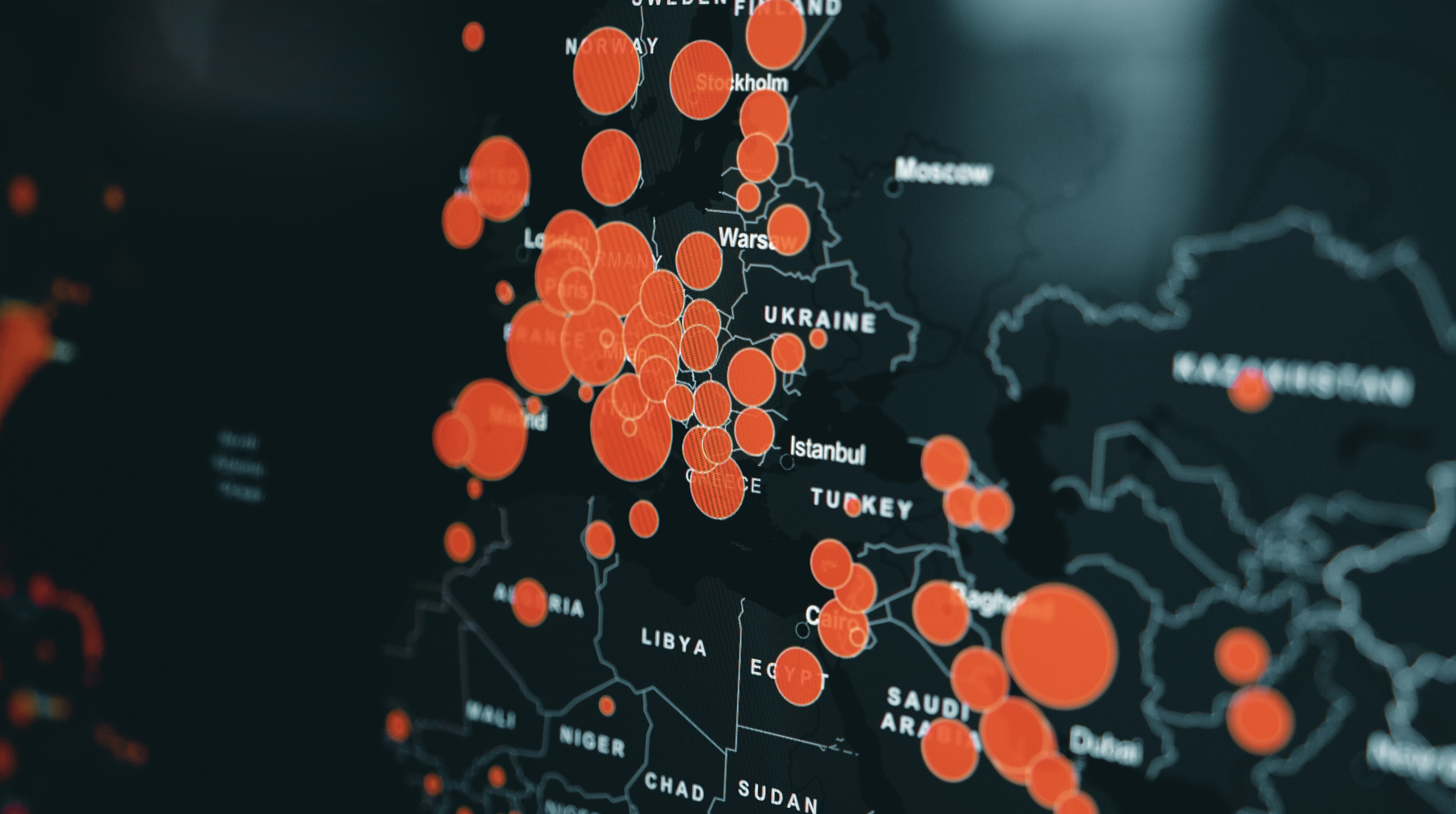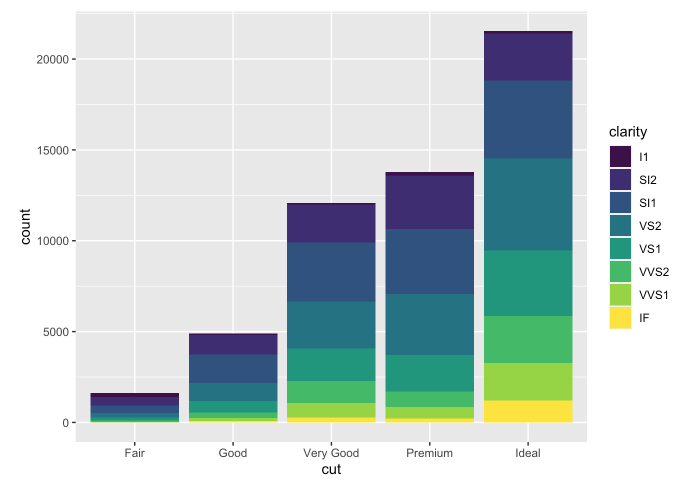
COVID-19 Data Visualization
Dynamic and interactive Data Visualization dashboard created with Tableau that allows users to explore and analyze data related to the COVID-19 Pandemic.
View ProjectIn this case study, I analyzed data on COVID-19 infection rates and death counts. The goal of this analysis is to understand the spread of the virus and identify any patterns or trends that can help inform policy decisions. The data will be cleaned and organized in SQL, and then visualized using Tableau to gain insights.
https://ourworldindata.org/covid-deaths
Wrote a query to calculate the death percentage on the global scale by summing up all the 'new cases' column and 'new deaths' column from the entire world and then calculating the percentage of deaths from the cases. I specified WHERE continent IS NOT NULL because every country belongs to a continent, So by specifying WHERE continent IS NOT NULL will ensure that only the rows for the countries that have a continent specified will be included in the final results. This will give accurate results for the death percentage on the global scale as it will not consider the rows where the continent is not specified.
--1. compare the overall deaths to cases ratio for the entire world
SELECT
SUM(new_cases) as total_cases,
SUM(new_deaths) as total_deaths,
(SUM(new_deaths)/SUM(new_cases))*100 AS death_percentage
FROM
`sql-portfolio-project-375703.Portfolio_Project.Covid Deaths `
WHERE
continent IS NOT NULL
ORDER BY
1,2
Wrote a query to pull the total death count for each continent while filtering out specific values in the 'location' column ('income'(upper, middle, lower class), 'World', 'European Union' and 'International') that is displayed in the 'location' column. This query gives the total death count for continents and makes sure that the rows with 'income'(upper, middle, lower class), 'World', 'European Union' and 'International' are not considered in the final results.
--2. Pull the 'total_death_count' for each continent in the location column while filtering out the income (upper, middle, lower class), World, European Union, and International rows that's displayed in the location column
SELECT
location,
SUM(new_deaths) AS total_death_count
FROM
`sql-portfolio-project-375703.Portfolio_Project.Covid Deaths `
WHERE
continent IS NULL AND
location NOT LIKE '%income%' AND
location NOT LIKE '%World%' AND
location NOT LIKE '%European Union%' AND
location NOT LIKE '%International%'
GROUP BY
location
ORDER BY
total_death_count DESC
Wrote a query to pull the data for the countries with the highest infection rate per population. I then computed the infection percent per population by dividing the total cases by population and multiplying the result by 100. It filters the rows where the location contains 'income' and groups the results by location and population and orders the results by the highest infection percent per population.
--3. Countries with highest infection rate per population
SELECT
location,
population,
MAX(total_cases) AS highest_infection_count,
MAX((total_cases/population)) * 100 AS infection_percent_per_population
FROM
`sql-portfolio-project-375703.Portfolio_Project.Covid Deaths `
WHERE
location NOT LIKE '%income%'
GROUP BY
location,
population
ORDER BY
infection_percent_per_population DESC
This last query is similiar to the previous one but it also includes the 'date' column in the SELECT statement and in the GROUP BY clause. It is pulling the data for the countries with the highest infection rate per population grouped by date. It is computing the infection percent per population by dividing the total cases by population and multiplying the result by 100. It filters the rows where the location contains 'income' and groups the results by location, population, and date and orders the results by the highest infection percent per population.
--4. Countries with highest infection rate per population grouped by date
SELECT
location,
population,
date,
MAX(total_cases) AS highest_infection_count,
MAX((total_cases/population)) * 100 AS infection_percent_per_population
FROM
`sql-portfolio-project-375703.Portfolio_Project.Covid Deaths `
WHERE
location NOT LIKE '%income%'
GROUP BY
location,
population,
date
ORDER BY
infection_percent_per_population DESC




Key findings from the dashboard until the date of knowledge cutoff (Jan 2023) show that about 1 percent of the world's population who have been infected with COVID-19 have died, and Europe leads the world with the highest infection death count and infection rate in the world. This information can be used by policymakers and healthcare professionals to make informed decisions about how to respond to the pandemic. I will continue to update the dashboard and case study to reflect the most current data and insights. The goal of this analysis is to help stakeholders understand the spread of the virus and take action to slow its spread and save lives.
Based on the data findings vizualized by the Tableau Dashboard, here are 5 solutions that can be proposed to address the COVID-19 pandemic:
Explore more of my diverse portfolio of data analytics projects, where I have applied my skills to uncover insights and drive results. See the impact of my work through brief overviews, images, visualizations, and learn more about my abilities as a data analyst.

Dynamic and interactive Data Visualization dashboard created with Tableau that allows users to explore and analyze data related to the COVID-19 Pandemic.
View Project
The R and ggplot project is a data analysis and visualization project completed in the R programming language, utilizing the ggplot library. The project involves importing and cleaning data, performing statistical analyses, and creating attractive and informative visualizations to communicate the insights gained from the data.
View Project